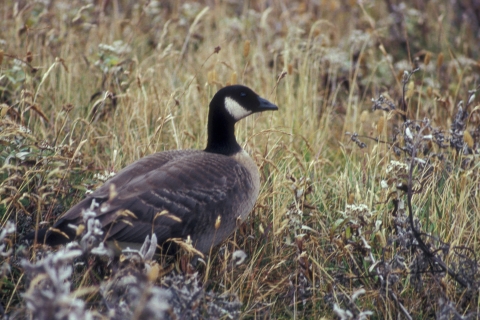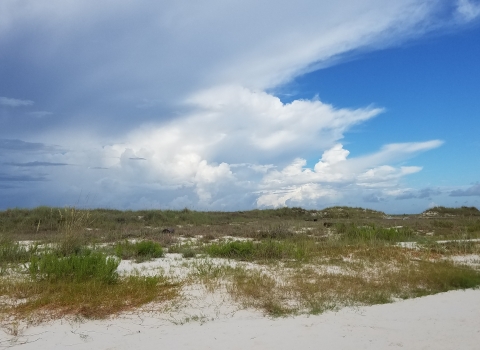Fifty years ago, on March 3, 1973, the Convention on International Trade in Endangered Species of Wild Fauna and Flora (CITES) was signed into existence – the only treaty to ensure that international trade in plants and animals does not threaten their survival in the wild. The signing marked the end of a historic three-week plenipotentiary conference held in Washington, DC, with delegates from 80 countries. The United States hosted the conference with support from the International Union for Conservation of Nature (IUCN) and was the first of 21 original signatory countries to sign the Convention. Today, CITES has been ratified by 183 countries and the European Union.
The launch of CITES, also referred to as the “Washington Convention” to honor its origins in the U.S. capital, followed more than a decade of international discussion on trade in rare and threatened wildlife species. In 1961, at a conference in Arusha, Tanzania, the late Dr. Lee Merriam Talbot convened wildlife officials from several African countries to discuss the threat of poaching and possible solutions to prevent species extinctions from trade. Two years later, at the IUCN General Assembly in Nairobi, Kenya, he proposed a convention on trade to tackle unsustainable demand for wildlife, laying the foundation to establish CITES. In addition to being a founding father of CITES, Dr. Talbot was an original author of the Endangered Species Act (ESA), which also turns 50 this year.
In 1969, Congress amended the Endangered Species Preservation Act of 1966 to provide protection to species at risk of "worldwide extinction" by prohibiting their importation and subsequent sale in the United States. It also recommended convening an international meeting to adopt a convention to conserve endangered species. This recommendation led to the 1973 meeting in Washington that gave rise to CITES. Later that year, the ESA, was signed into law. CITES took effect on July 1, 1975, after Canada became the 10th Party to ratify the Convention. In the United States, CITES is implemented through the ESA.
At the first meeting of the Conference of the Parties (CoP1) to CITES, held in Bern, Switzerland, in 1976, Parties laid the foundation of the treaty by establishing the criteria for amending Appendix listings. Appendix I protects species threatened with extinction by restricting commercial trade. In 1973, the Aleutian cackling goose was one of the first species protected by the ESA in the United States, and in 1975, it was included in Appendix I of CITES. A multitude of recovery efforts, many led by the Service and its partners, helped the Alaskan population significantly increase in recent decades. For CoP19, the United States submitted a proposal to change its listing from Appendix I to Appendix II. The change was approved.
Appendix II contains species that are not necessarily threatened with extinction but need trade regulations to avoid detrimental impacts on the species in the wild. Among the original Appendix II listings were chimpanzees, grizzly bears, and bighorn sheep.
In 1983, China added the giant panda to Appendix III, which includes species for which a range country has asked other CITES Parties to help control international trade. CITES transferred the panda to Appendix I the next year.
Over the past 50 years, CITES has been critical in preventing species from going extinct because of unsustainable demand.




